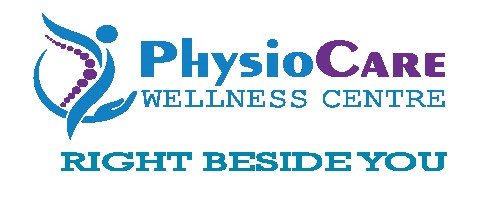Call Now For Appointment
+880 1332-531765
Muscle Cramp
- On
- InPain Management
Calf Muscle Cramps During Ramadan: Causes, Symptoms, and Effective Treatment
Calf muscle cramps are a common issue, especially during Ramadan, when changes in diet, hydration, and physical activity levels can lead to muscle pain and stiffness. A muscle cramp occurs when the muscles suddenly contract, causing severe pain, often in the legs, particularly in the calf muscles. While these cramps are usually harmless, they can be painful and disruptive. Understanding the causes, symptoms, and remedies for calf muscle cramps can help you manage and prevent them effectively during Ramadan.
Causes of Calf Muscle Cramps
Several factors can lead to calf muscle cramps, including:
1. Dehydration and Electrolyte Imbalance
Insufficient water intake and a lack of essential electrolytes (sodium, potassium, calcium, magnesium) can lead to muscle cramps. This is common after prolonged fasting, intense physical activity, or excessive sweating.
2. Overexertion:
Standing, walking for extended periods, or engaging in excessive physical activity can strain the calf muscles, increasing the risk of cramps.
3. Muscle Fatigue:
Overuse of muscles or excessive strain on a specific muscle group can cause painful contractions.
4. Aging:
As people age, muscle flexibility decreases, making them more prone to cramps.
5. Nutritional Deficiencies:
A lack of essential vitamins and minerals, such as calcium, potassium, and magnesium, can contribute to muscle cramps.
Symptoms of Calf Muscle Cramps
The primary symptoms of calf muscle cramps include:
Sudden Muscle Tightening:
A painful and involuntary contraction of the muscle.
Sharp Pain in the Calf:
Discomfort that may last for a few seconds to several minutes.
Muscle Stiffness:
The affected muscle may feel hard or knotted.
Effective Remedies for Calf Muscle Cramps
Here are some simple yet effective ways to prevent and relieve calf muscle cramps:
1. Stay Hydrated:
Drinking plenty of water and replenishing electrolytes helps prevent dehydration-related muscle cramps. Make sure to consume enough fluids during Suhoor and Iftar.
2. Massage the Affected Area:
Gently massaging the cramped muscle can improve blood circulation and relax the muscle.
3. Stretching Exercises:
Simple leg stretches can help relieve cramps and prevent future occurrences. Stretching before and after physical activity is highly beneficial.
4. Cold Therapy:
Applying an ice pack wrapped in a cloth to the affected muscle for 15-20 minutes can help reduce pain and inflammation.
5. Warm Water Soak:
Soaking your legs in warm water can help relax tight muscles and provide quick relief from cramps.
6. Nutrient-Rich Diet:
Eating foods high in calcium, potassium, magnesium, and vitamin D can support muscle health and reduce the likelihood of cramps. Include bananas, dairy products, leafy greens, nuts, and seeds in your meals.
When to See a Physiotherapist
If muscle cramps become frequent, last for an extended period, or are accompanied by severe pain, it is advisable to consult a physiotherapist. Persistent cramps may indicate an underlying issue that requires professional treatment.
Conclusion
Calf muscle cramps are a common yet manageable issue during Ramadan. By maintaining proper hydration, practicing muscle relaxation techniques, and following a nutrient-rich diet, you can effectively prevent and alleviate cramps. If symptoms persist or worsen, seeking medical advice is essential for long-term relief.
By implementing these preventive measures, you can enjoy a more comfortable and active lifestyle during Ramadan.
Newsletter Updates
Enter your email address below and subscribe to our newsletter


